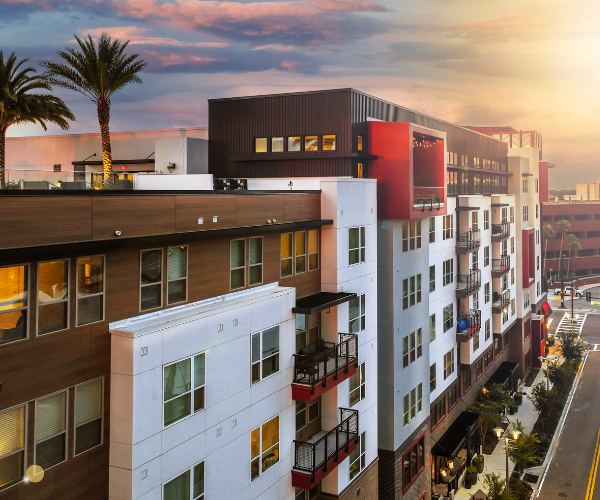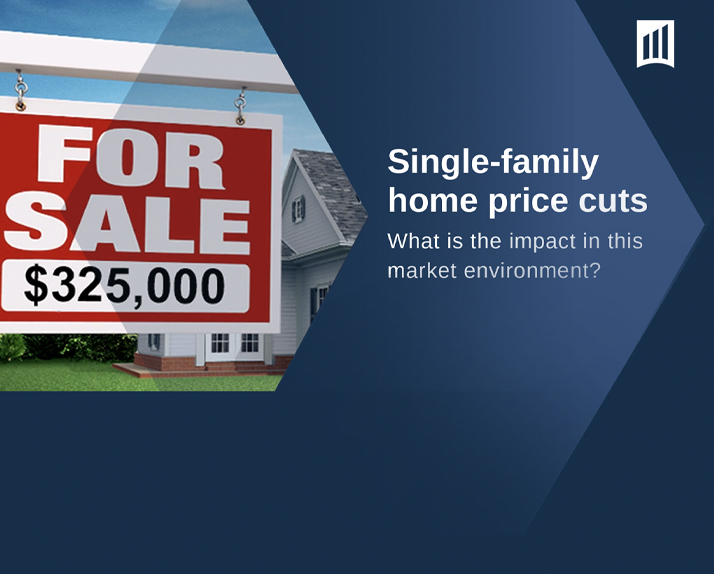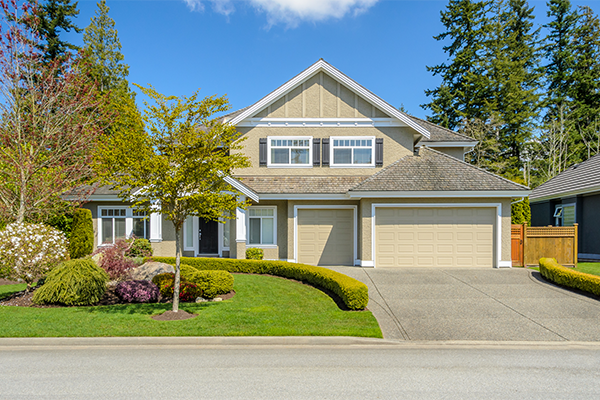The equity multiple is a metric central to real estate investment, as it succinctly defines how much return an investor might garner on their investment. In simple terms, “How much could I get back for every dollar I invest?”
Last week, the Bureau of Labor Statistics reported 236,000 jobs added to U.S. payrolls in March, which, while lower than economists had expected, is still indicative of the resilience of the labor market.
When considering what types of investment to add to a portfolio, different investors will have different tolerance levels for risk. While some might be willing to take additional risks in order to possibly garner a higher net return (value-add), others prefer a real estate risk profile on the lower end of the scale (core) and others might want something in between (core plus).
The shifting landscape of housing in America has far-reaching implications for commercial real estate (CRE), and very direct impacts on multifamily real estate. This piece provides a brief history of how we got to the current housing situation, and lays out the ongoing consequences for multifamily.
In this piece, we will touch on why a recession could occur this year and parse some historical data demonstrating the performance of multifamily real estate in times of economic uncertainty.
As of 2019, most state pension funds had at least 65% of their assets in stocks and alternative investments such as private equity and real estate, again according to Pew.
The crux of it is, while some major metros rely heavily on one major industry – auto manufacturing in Detroit, leisure and hospitality in Orlando, oil in Houston, et cetera – Dallas’ job market is robust on multiple fronts, making labor an especially stout pillar of the local economy.
All recessions are different and stem from different underlying causes. As a result, the impact of a recession on CRE varies according to the cause, duration and severity of the downturn.
Within the past year, eye-popping home prices and a rapidly increasing mortgage rate have shut more and more people out of the homebuying market within the past several months, pushing more people to rent for longer.
The impact of the 2 percentage point hike between late December of 2021 and mid-April of 2022 was equivalent to a breathtaking 27% jump in the cost of buying a home, per the Harvard housing study.











